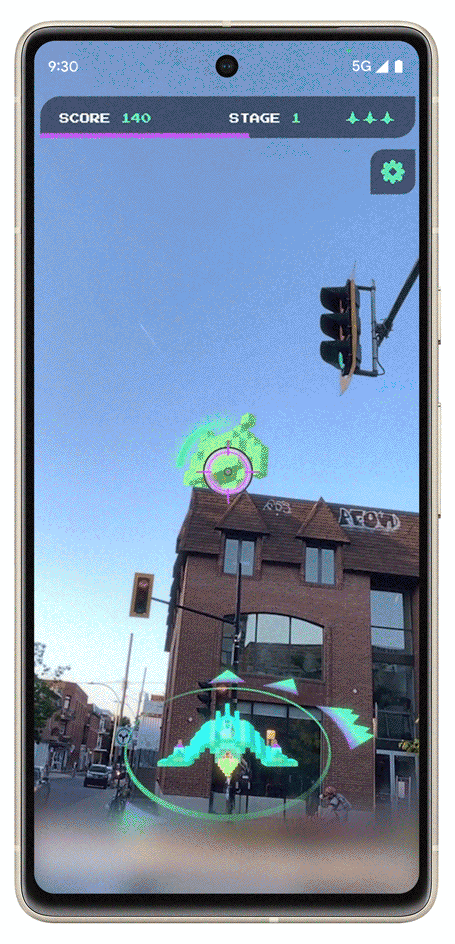Check it out!
Details, if you’re interested:
What’s new with Adobe Firefly?
Firefly can now support prompts in over 100 languages. Also, the Firefly website is now available in Japanese, French, German, Spanish, and Brazilian Portuguese, with additional languages to come.
How are the translations of prompts done?
Support for over 100 languages is in beta and uses machine translation to English provided by Microsoft Translator. This means that translations are done by computers and not manually by humans.
What if I see errors in translations or my prompt isn’t accurately translated?
Because Firefly uses machine translation, and given the nuances of each language, it’s possible certain generations based on translated prompts may be inaccurate or unexpected. You can report negative translation results using the Report tool available in every image.
Can I type in a prompt in another language in the Adobe Express, Photoshop, and Illustrator beta apps?
Not at this time, though this capability will be coming to those apps in the future.
Which languages will the Firefly site be in on 7/12?
We are localizing the Firefly website into Japanese, French, German, Spanish, Brazilian Portuguese and expanding to others on a rolling basis.















